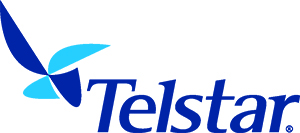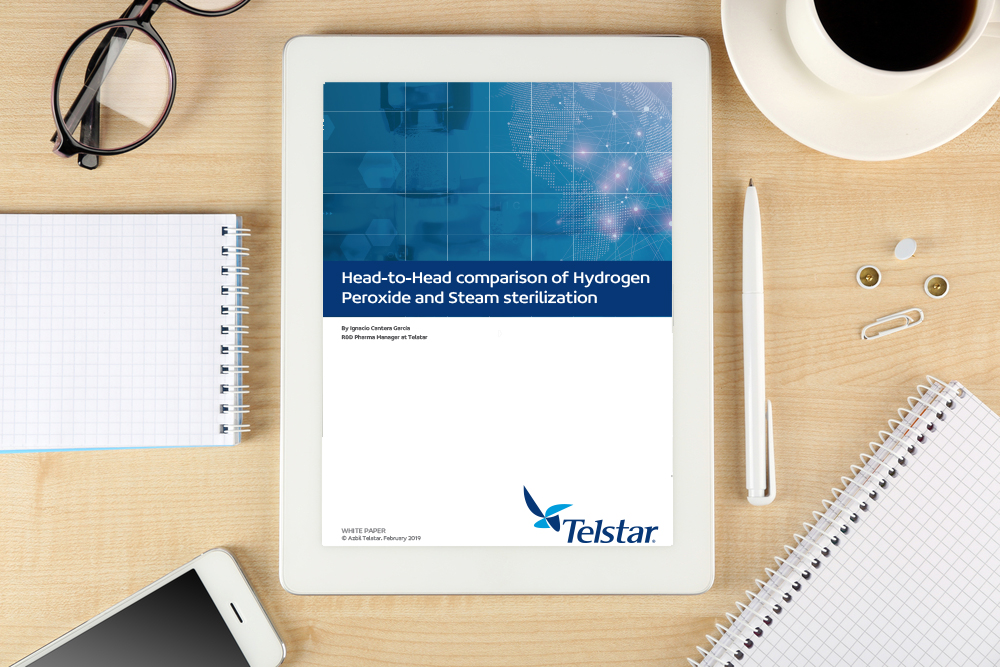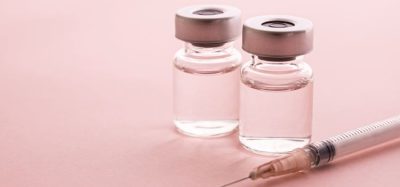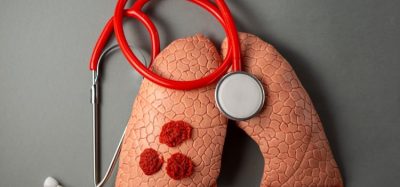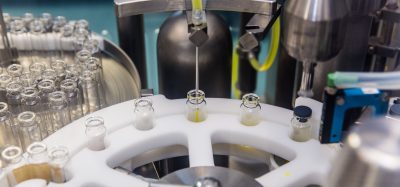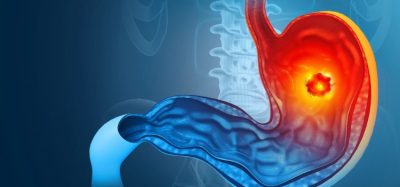Whitepaper: Head-to-head comparison of hydrogen peroxide and steam sterilisation
Posted: 21 February 2019 | Telstar | No comments yet
The pharmaceutical industry is increasingly using different sterilisation technologies rather than steam sterilisation. This increase is driven by the need for sterilising thermo-labile products or areas that cannot be dimensioned as a pressure vessel (barrier systems such as Closed Restricted Access Areas or Isolators), under “softer” conditions.
However, the reliability and repeatability of this process are compromised by the complexity of using a vapor phase compound that requires homogeneity (material, temperature, pressure, moisture), in order to ensure sterility.
Sterilisation is any process that ensures that no viable microorganisms are present in the object or area to be decontaminated. The pharmacopoeia standards generally accept that a reduction of 99,9999 percent in the living population, including bacteria, viruses, fungi, spores and prions, can be considered as sterilisation.
Related content from this organisation
- Press release: Freeze drying: New Telstar Usifroid platform for retrofitting & maintenance
- Press release: Telstar: 360 degrees GMP consultancy & engineering solutions at CPhI
- Whitepaper: Digital transformation of medical devices sterilisation by EtO
- Case study: New trends: reducing GWP impact on GMP freeze drying processes
- Case study: Challenges in manufacturing high value lyophilised oncology drugs
Related topics
Freeze Drying, Good Manufacturing Practice (GMP), QA/QC, Regulation & Legislation, Research & Development (R&D), Technology



